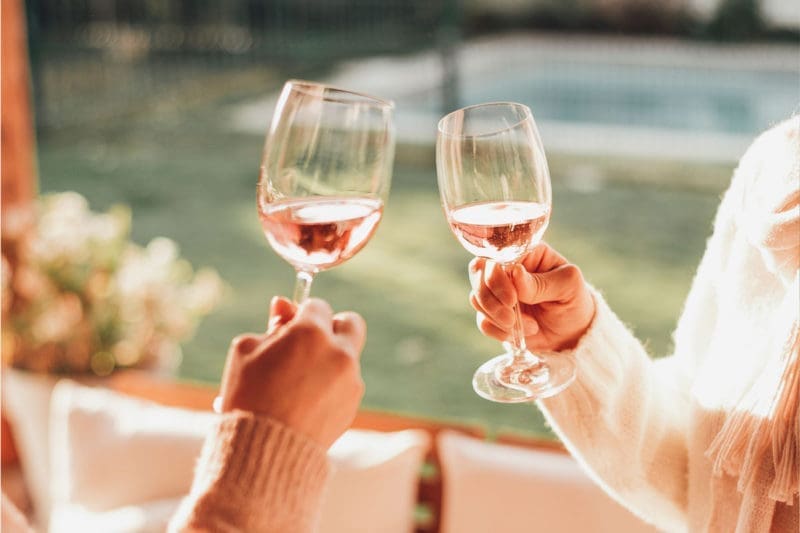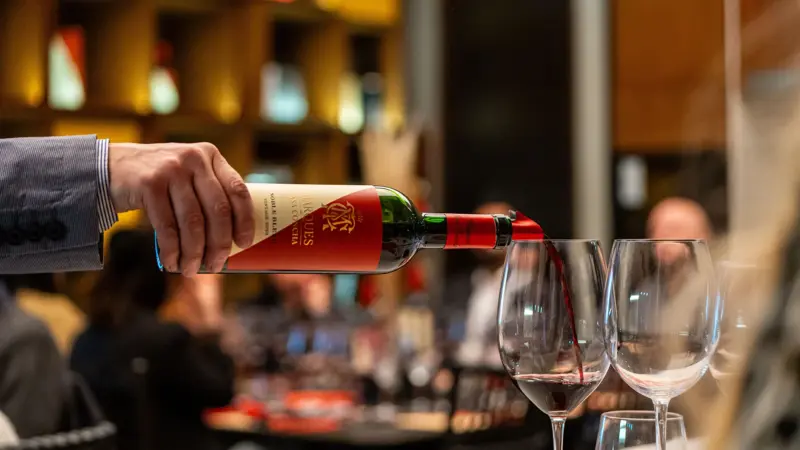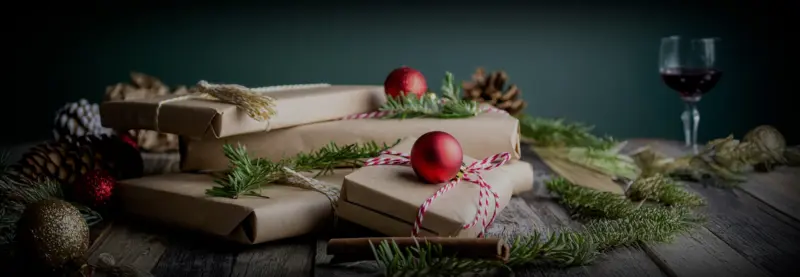When it’s time to choose a wine, one of the first things we do is read the label to learn its variety, characteristics, and vintage. But when we serve it, in addition to the temperature, do we also take care to use the right glass?
The material, shape, and size of the glass can change the way we perceive a wine—for better or for worse. Therefore, the type of glass we use matters.
Glass or crystal?
Have you ever tasted wine from a plastic glass? Did you notice it barely had any aroma? This is a very simple exercise that you can do at home to see just how important the material of the glass really is—glass or crystal glasses are always best. Plastic, even for occasions like a picnic, limits our ability to appreciate the wine. In addition, glass or crystal glasses are transparent, which allows a better evaluation of the color and texture of the wine.
Stem or stemless?
If you’ve been looking for new wine glasses, you have probably noticed that they are available both with and without stems. While there’s nothing inherently wrong with the more casual stemless glasses, those with stems are not only more elegant, they also help the wine maintain the proper temperature by preventing our hands from transferring heat to the wine.
Size does matter
Because aromas are essential in the perception of wine, the size of the glass does indeed matter. Larger glasses have more room for the wine to interact with oxygen, which is ideal for tannic or very young red wines. Smaller glasses, on the other hand, tend to make it more difficult for aromas to escape, and in the case of sparkling wines, we don’t want the bubbles to escape too quickly, which is why tall, narrow flute glasses are preferable.

Shape
Although some glassware producers have created endless models based on wine variety or region with the aim of elevating the tasting experience, it’s not necessary to get overly creative. The most important factor is to have a glass that is narrower at the rim than at the widest part of the bowl so that the aromas are concentrated in the space between the wine and the top of the glass.
The size of the glass, the diameter at the rim, the amount of curve, and the point where the liquid comes into contact with the tongue will all affect the tasting experience. In Riedel glasses, for example, the glasses for Pinot Noir and Riesling direct the wine to the tip of the tongue, where we perceive the sweetness and fruit, with the aim of balancing the natural acidity of these varieties. A Bordeaux glass, on the other hand, has a wide bowl and a certain height to leave air between the wine and the lips, which helps reduce the perception of alcohol and facilitates oxygenation to soften the wine’s tannins. This type of glass is perfect for almost all wines, especially reds. Glasses with the largest bowls are perfect for complex wines, because they help us distinguish the different aromatic layers. Try it yourself with wines such as the Marques de Casa Concha Syrah, Marques de Casa Concha Cabernet Sauvignon, or the Marques de Casa Concha Malbec.
Smaller glasses are usually used for white and rosé wines in order to highlight their lighter body and higher acidity. Therefore, traditional white wine glasses are narrower at the rim, which allows us to better perceive their characteristic fruity and floral aromas, while the small bowl helps keep the wine colder. But what if we have a barrel-aged white wine such as the Marqués de Casa Concha Chardonnay? In this case, a larger glass with a wider rim helps us better appreciate its creamy texture. If you don’t have one, don’t worry. A red wine glass will work just as well for this type of structured white.
And finally, we have flute glasses, which are made especially for sparkling wines. Their height helps the bubbles travel to the top of the glass, and their narrow rim concentrates the aromas of fruit and yeast.
If you like to drink wine with dessert, you could also invest in dessert glasses, with a long stem and a small bowl. Ideal for late harvest and fortified wines such as port, their shape enhances their complex aromas and helps reduce evaporation of the alcohol.




